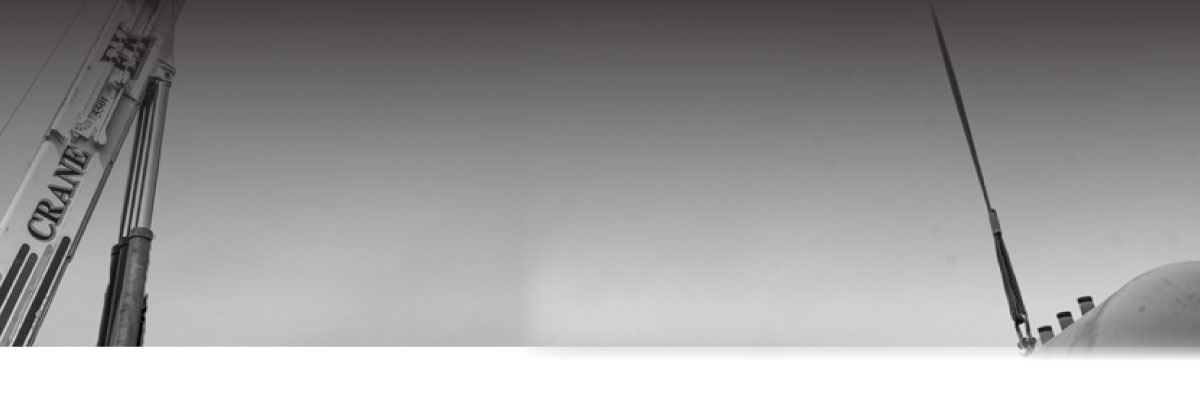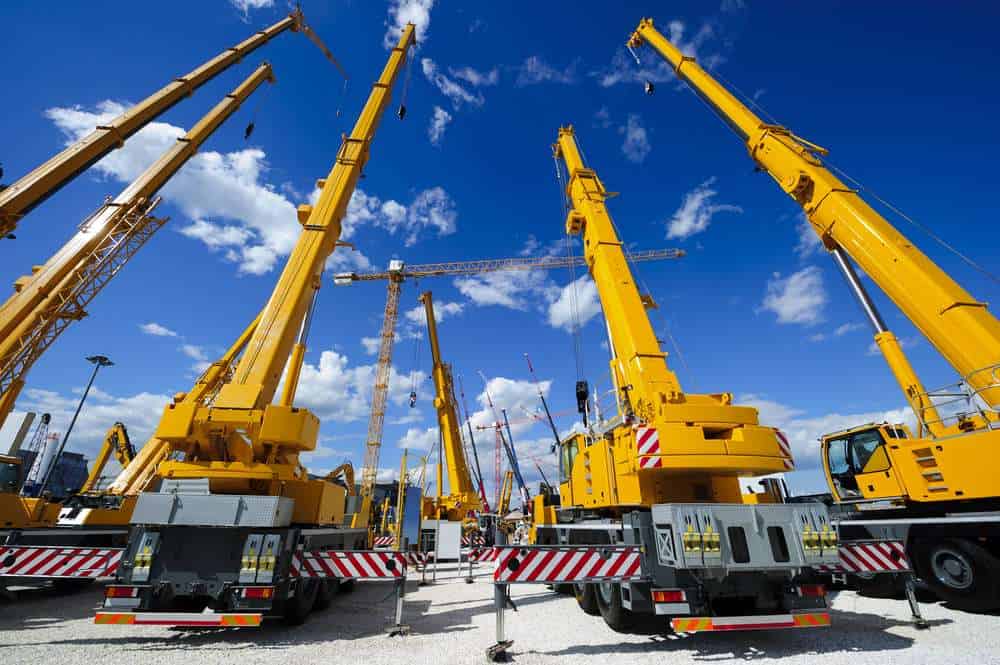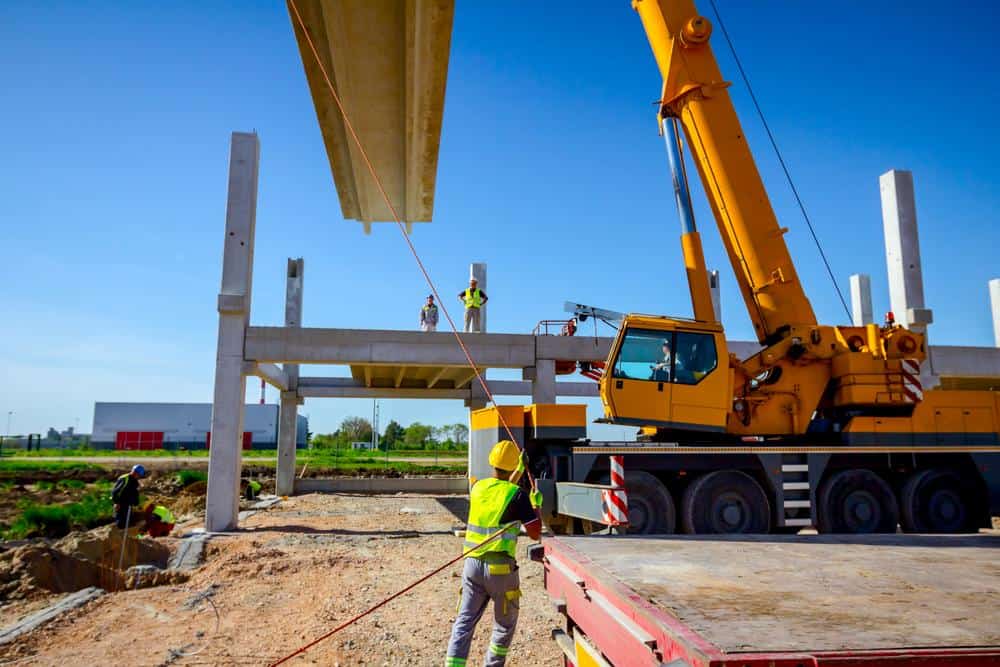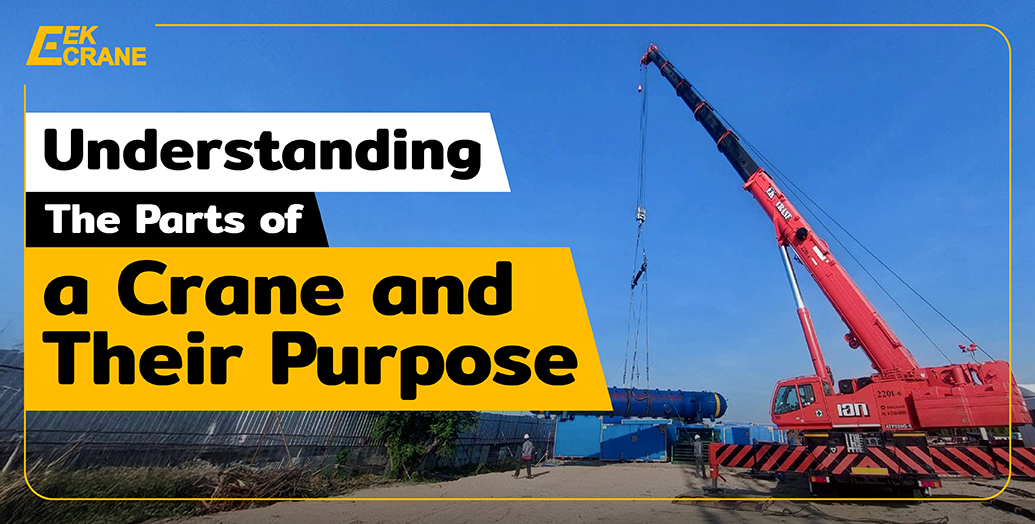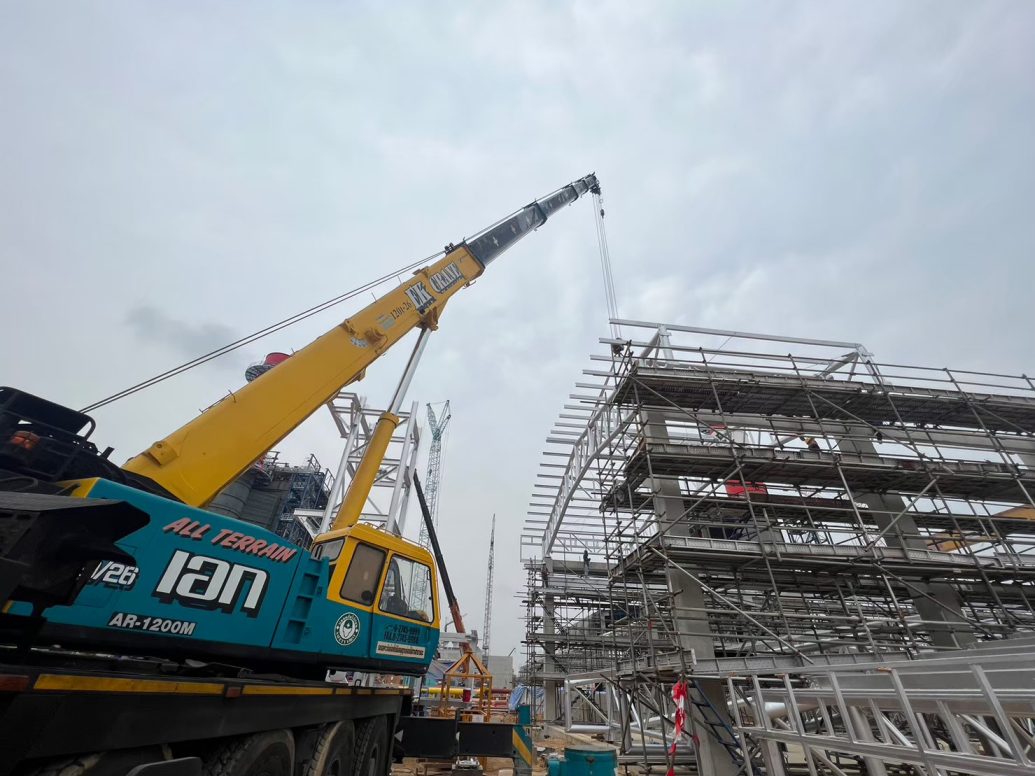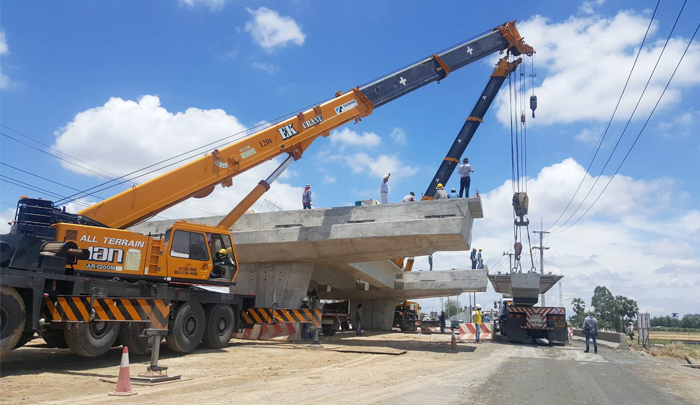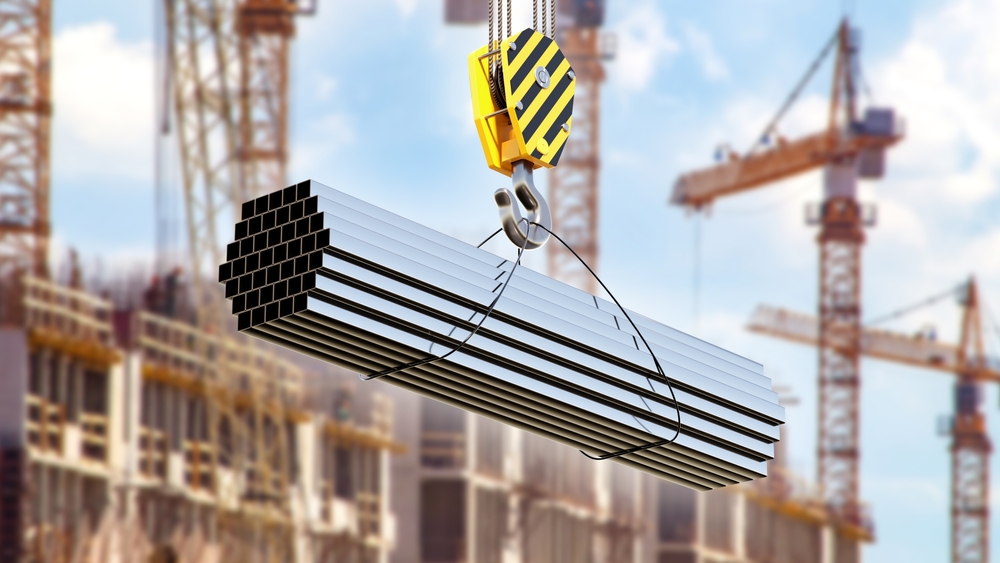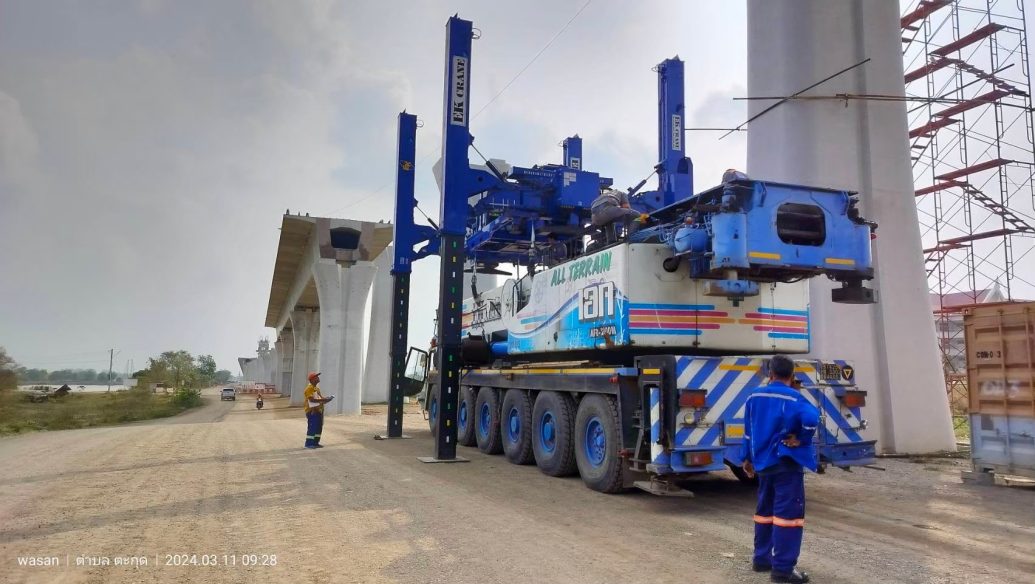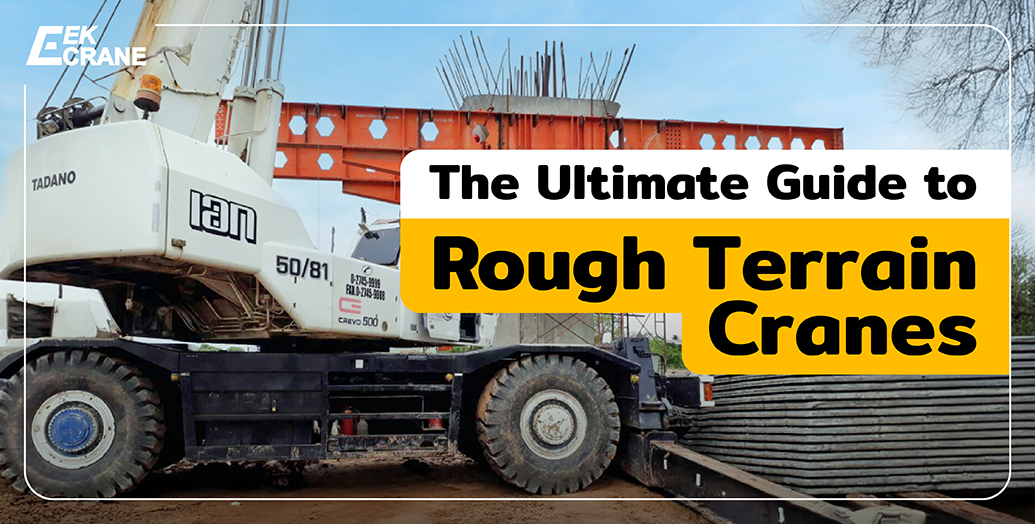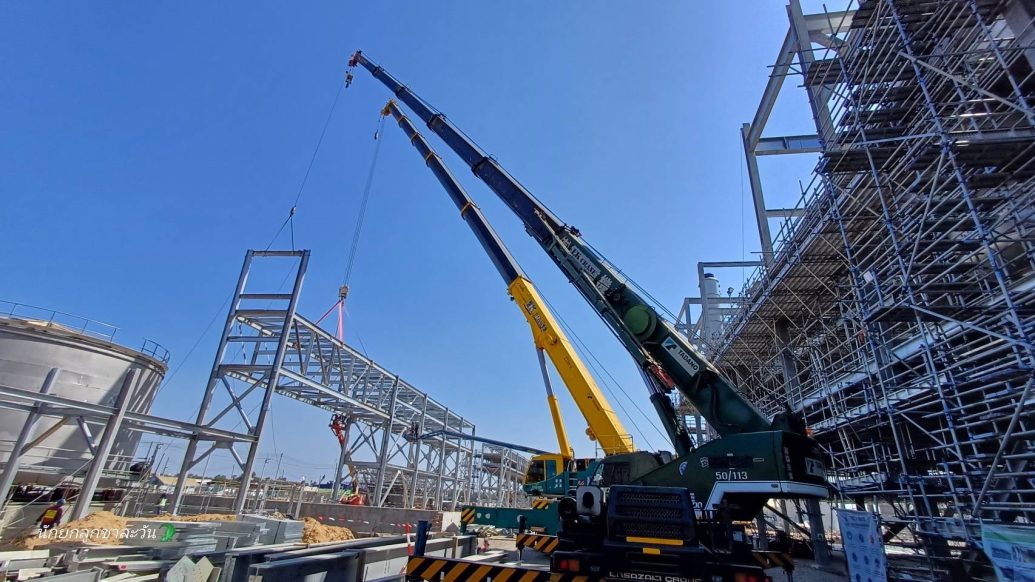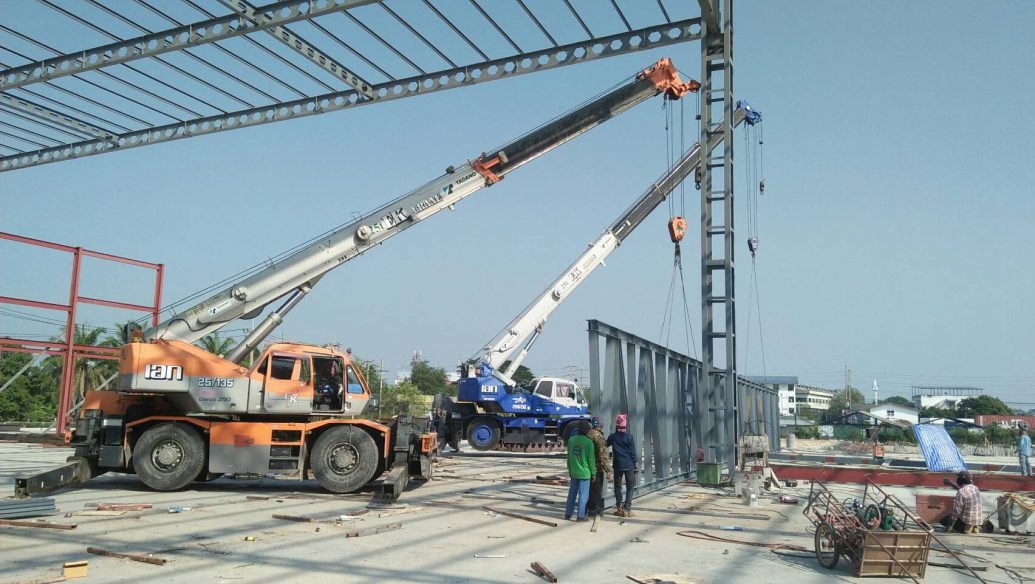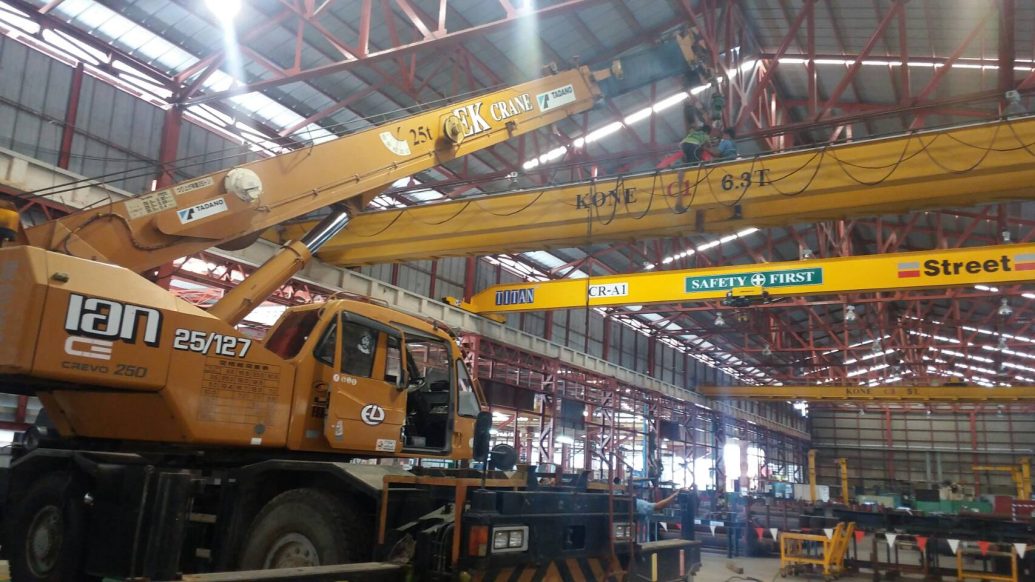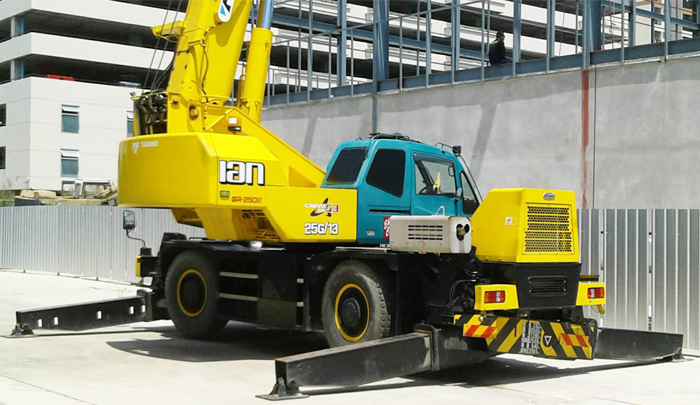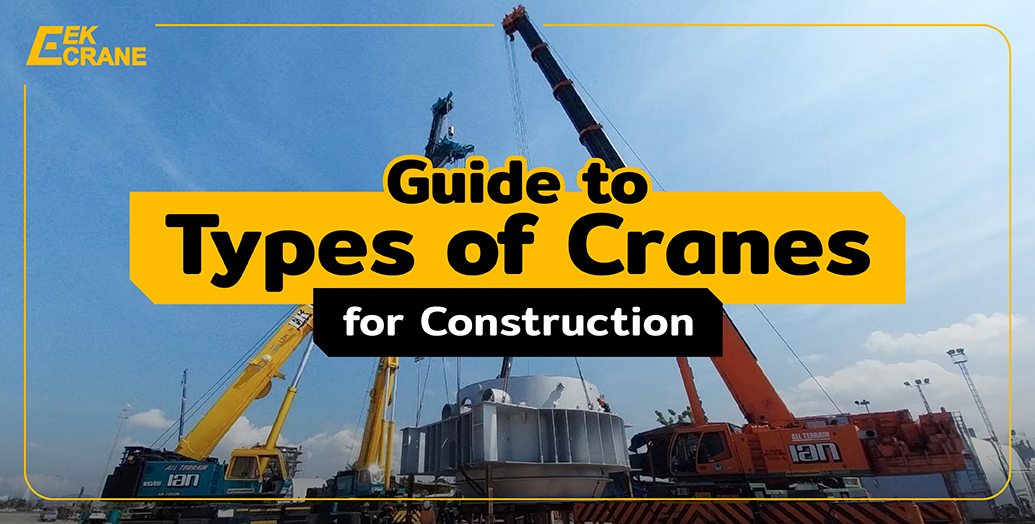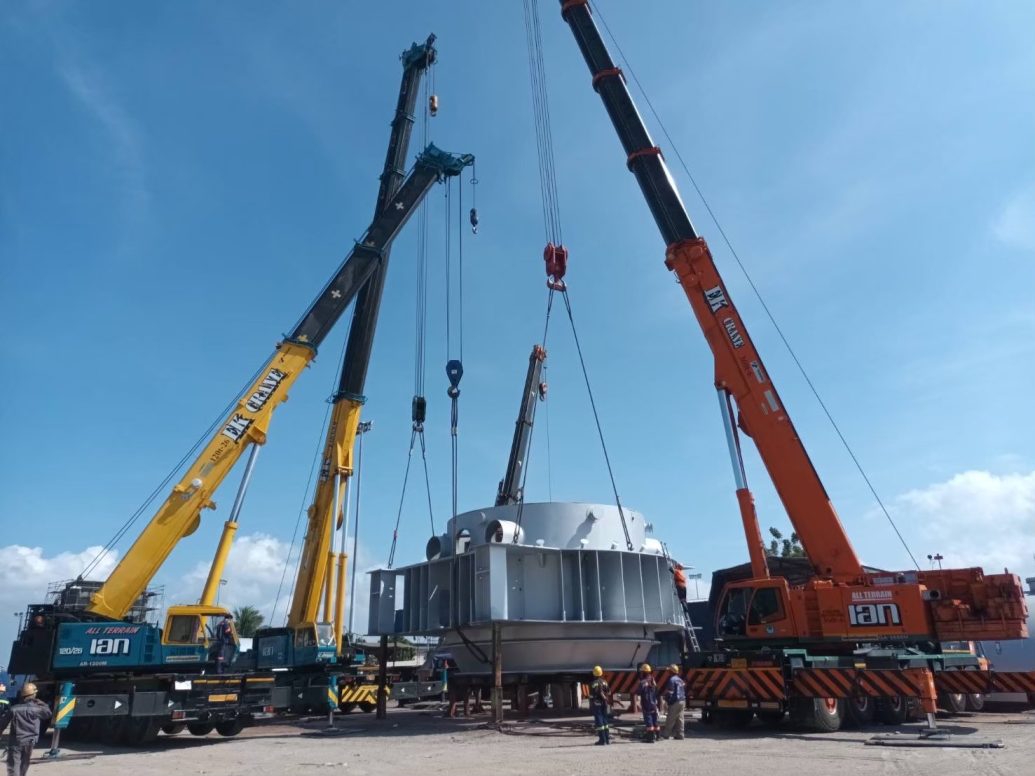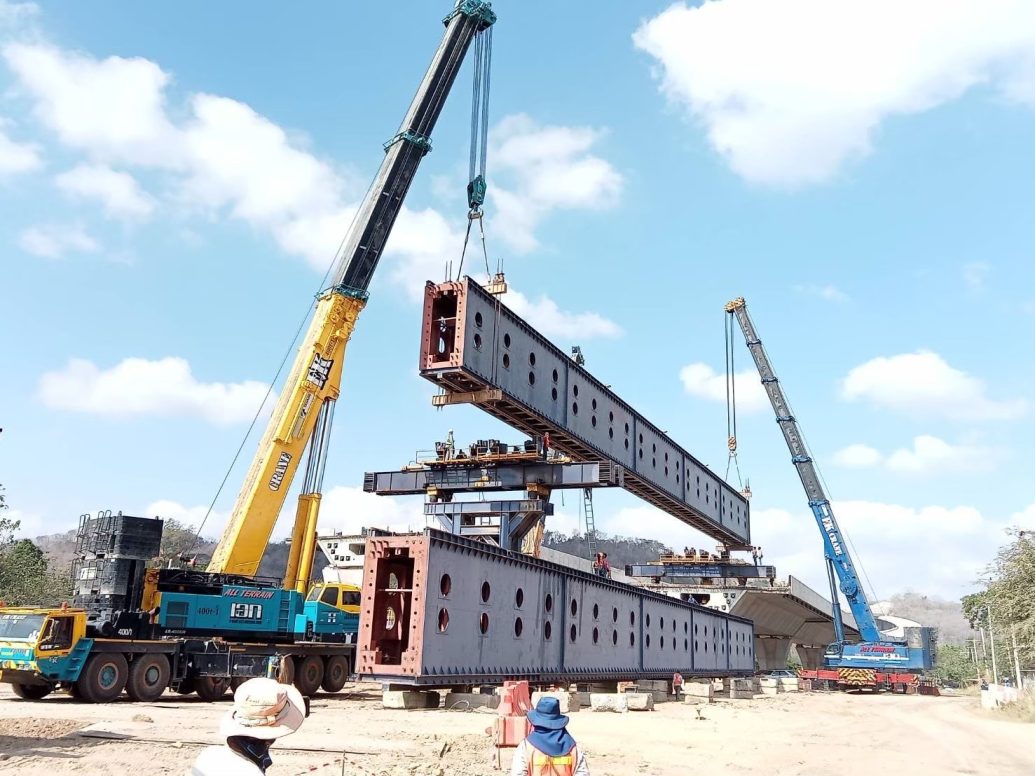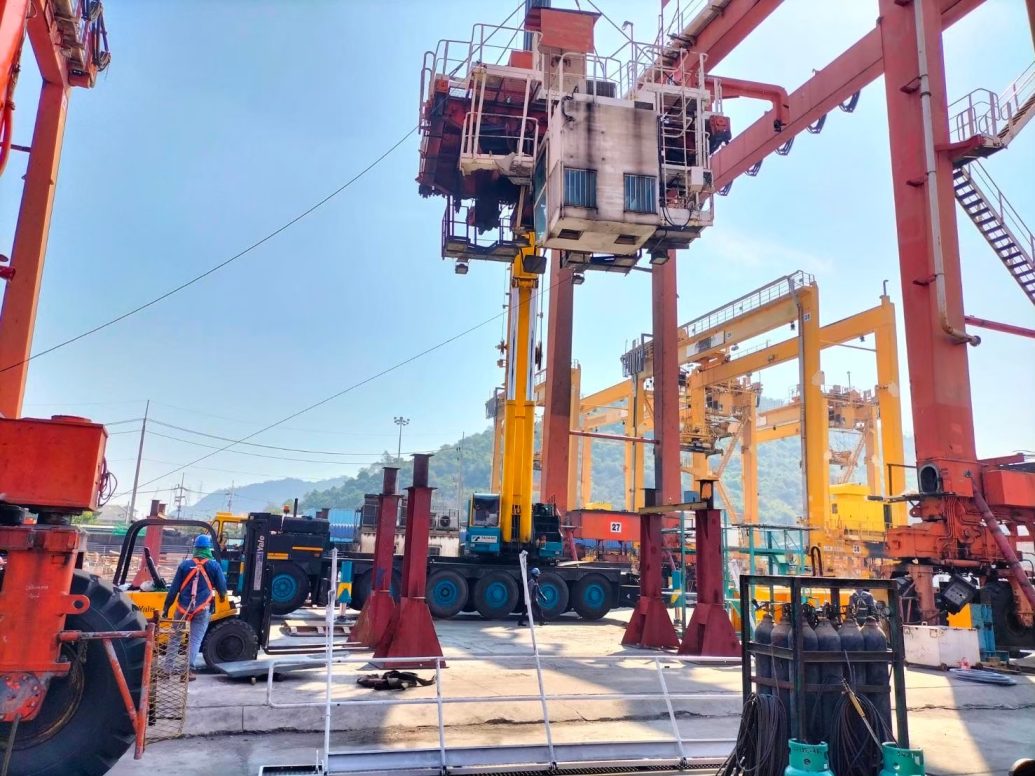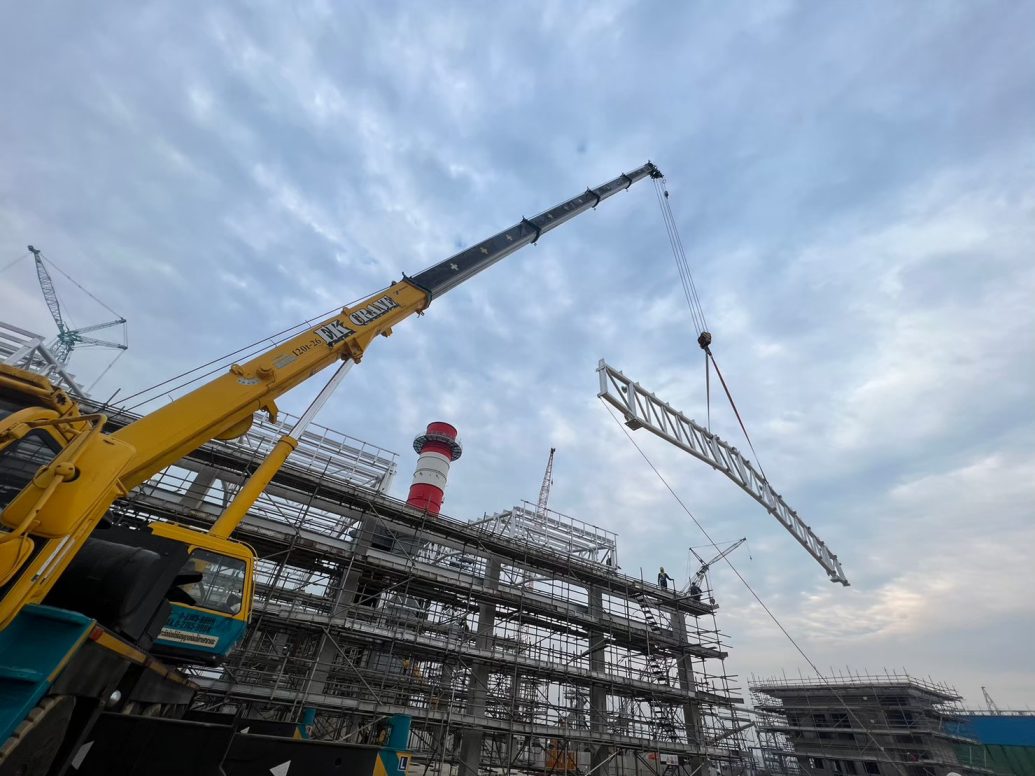When choosing between a crane and forklift for heavy lifting operations, the right equipment depends on your specific load weight, height requirements, and project scope. Cranes excel at lifting extremely heavy loads to significant heights with precision, while forklifts provide efficient material handling for moderate weights in warehouse environments.
Safe and efficient heavy lifting is a primary concern for successful industrial operations. Every day, businesses across Thailand face critical decisions about equipment selection that directly impact their productivity, safety records, and even their bottom line. Whether you’re moving materials in a warehouse or installing massive components on a construction site, choosing between cranes and forklifts can determine a project’s success, and even viability. EK Crane, as a trusted provider of professional lifting solutions in Thailand, understands these challenges and helps businesses make informed equipment decisions.
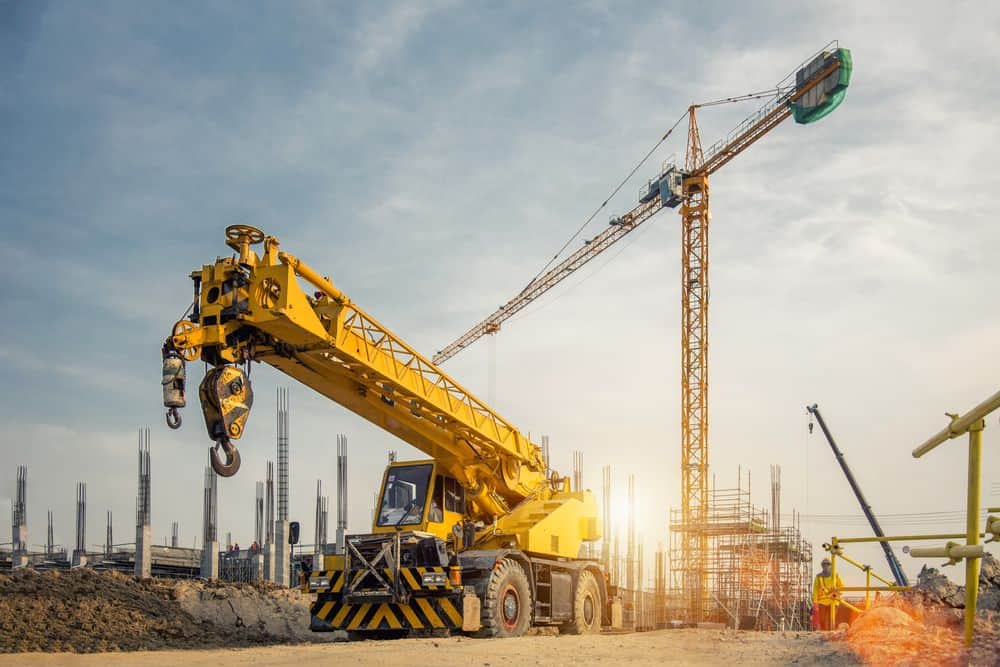
What is a Crane?
A crane is a specialized machine designed for lifting heavy loads, reaching high elevations, and achieving precision placement that other equipment simply cannot match. Through sophisticated systems of cables, pulleys, and hydraulics, these powerful machines move loads both vertically and horizontally across large sites with remarkable control.
EK Crane’s fleet of cranes encompasses the full spectrum of mobile lifting solutions. From versatile mobile cranes that adapt to various job sites to specialized all-terrain cranes built for challenging ground conditions, each piece of machinery meets uncompromising safety standards while delivering exceptional capacity, control, and reach. Our rough terrain cranes thrive on construction sites, while our truck-mounted cranes are perfect for rapid deployment on time-sensitive projects – we match the right crane to your specific operational requirements.
Advantages of Using Cranes
The lifting capacity of modern cranes has truly transformed large site operations. With capabilities ranging up to hundreds of tons, cranes easily handle loads that would require multiple forklifts or be entirely impossible with smaller equipment. Their raw power, combined with the ability to move objects in three dimensions across significant distances, makes cranes indispensable for complex industrial and construction projects.
Consider projects like the installation of bridge sections or the placement of industrial generators on rooftops – these operations demand strength and precise control at elevation.
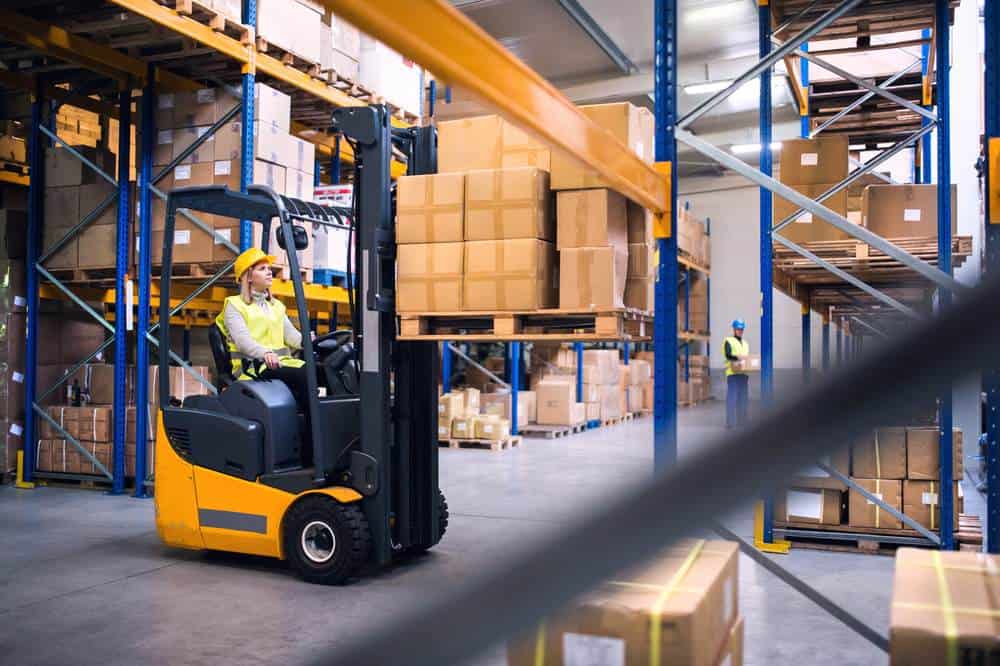
What is a Forklift?
Forklifts are vehicles used for medium-heavy material handling in warehouses, designed primarily for moving pallets, stacking materials, and performing short-distance lifting tasks. These compact industrial vehicles use front-mounted forks to slide under loads, enabling quick transport and stacking within warehouses, factories, and construction sites. Different forklift styles include electric models for clean indoor operations, diesel units for outdoor power, and specialized reach trucks that access high storage bays.
Advantages of Using Forklifts
In warehouse environments, where materials flow constantly between receiving, storage, and shipping, forklifts deliver unmatched efficiency. Their compact design allows them to swiftly navigate narrow aisles and tight spaces, making them ideal for indoor facilities and congested work areas. In fact, modern pallets are specifically designed to be lifted by forklifts, a testament to their ubiquity.
From a cost perspective, forklifts offer compelling advantages for operations with continuous moderate lifting needs, such as lower fuel consumption, simplified maintenance, and reduced training requirements. These translate into overhead savings that accumulate over time, making forklifts an easy, economical choice in addition to an operational one.
Factors to Consider When Choosing Between a Crane and Forklift
The three major factors to evaluate when choosing to use a crane or forklift are load size, site layout, and job difficulty.
Load characteristics often make the equipment choice obvious. When facing loads exceeding several tons or requiring placement at significant heights, cranes are the only choice. Conversely, for palletized goods and routine warehouse operations under 10 meters in height, forklifts provide the right balance of capability and speed.
Site conditions play an equally important role. While forklifts excel on smooth warehouse floors, they struggle on uneven terrain or soft ground. Cranes, on the other hand, are equipped with appropriate undercarriages to maintain stability and performance on varied terrain, from outrigger pads to rough construction sites.
Finally, project complexity and precision requirements can be major differentiators. Cranes deliver an incredible level of precision, such as holding multi-ton beams steady for ironworkers to secure connections, combined with the ability to reach over obstacles and into confined spaces from a distance. This makes cranes invaluable for sophisticated construction and industrial projects. Meanwhile, for smaller, lighter loads in more confined settings, forklifts are the obvious choice, especially for indoor jobs where using cranes would be illogical and physically impossible.
How EK Crane Can Support Your Heavy Lifting Needs
EK Crane’s customized lifting solutions begin with understanding your unique project requirements. Our engineering team conducts thorough site surveys and lifting analyzes, developing plans that optimize crane selection, positioning, and rigging configurations. This level of preparation, combined with our professional operators and certified riggers, ensures every lift is executed safely and efficiently.
Customers prefer EK Crane for our flexible rental options, from daily rates to long-term project contracts. This allows you to have access to the right equipment without fretting about a hefty capital investment. Every deployment includes comprehensive safety inspections, detailed lift planning, and our trusted professional mobile crane services, providing peace of mind that your project meets all regulatory requirements while staying on schedule.
Contact EK Crane today for a free onsite assessment and customized service offer for mobile cranes in Thailand. As your heavy-lifting partner, your project’s success is ours as well.
